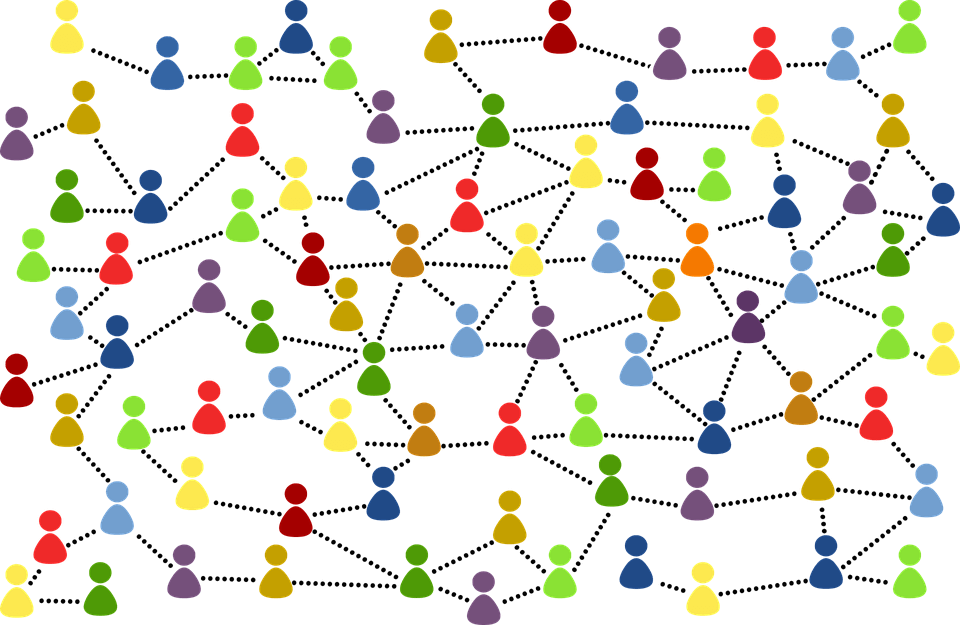Driven by digitalization and Internet technology, the media industry has undergone a profound transformation, and the rise of new media is a significant sign of this transformation. Although there is no unified definition of the concept of new media in academia and industry, its significant difference from traditional media and its profound impact on social communication patterns are facts that cannot be ignored. This article aims to explore the definition of new media and how it reconstructs the social communication landscape by innovating communication methods and paths.
1. Definition of New Media
New media is generally regarded as a new form of media compared to traditional media such as newspapers, radio, and television. It relies on digital technology and the Internet and has the characteristics of high interactivity, personalization, and immediacy. Representative forms of new media include but are not limited to social media platforms (such as Weibo and WeChat), video sharing websites (such as Douyin and Kuaishou), online news portals, blogs, podcasts, and smartphone applications (APPs). These new media forms have not only broadened the channels for information dissemination, but also changed the way people receive and share information.

2. New Media Communication Innovation
1. Innovation in communication methods
New media has broken the one-way communication model of traditional media and realized two-way and even multi-directional communication of information. Users are no longer passive recipients of information, but can express their opinions, participate in discussions, and even become content creators at any time. This interactivity and sense of participation greatly enriches the communication experience and promotes the diversification and personalization of information.
2. Changes in communication paths
Thanks to the popularity of the Internet and the convenience of mobile terminals, new media has achieved instant information dissemination and global coverage. A piece of information can spread around the world in an instant, transcending the limitations of time and space, bringing the efficiency and scope of dissemination to an unprecedented level. At the same time, the algorithm recommendation mechanism of social media enables information to be accurately pushed according to the interests and behavioral preferences of users, improving the pertinence and effectiveness of information dissemination.
3. Reconstruction of the communication landscape
The rise of new media has not only changed the way and path of information dissemination, but also reconstructed the social communication landscape. On the one hand, new media platforms have become new centers of public opinion, influencing the formation of public opinion and the setting of social issues. On the other hand, the personalized and fragmented characteristics of new media have also led to the emergence of information cocoons and echo chambers, exacerbating social differentiation and polarization.
3. Social Impact of New Media
The rapid development of new media has had a profound impact on society. It has not only changed the way people communicate, promoted cultural exchange and integration, but also brought innovation possibilities to politics, economy, education and other fields. At the same time, the double-edged nature of new media has also caused concerns about privacy protection, information authenticity and network ethics.
IV. Conclusion
As a product of the information age, new media is reshaping our communication environment and social structure at an unprecedented speed and scale. Its emergence is not only the result of technological progress, but also a reflection of social needs and cultural changes. In the face of opportunities and challenges brought by new media, we need to understand and study them more deeply, so as to avoid potential risks while enjoying the convenience they bring, and promote social harmony and progress.






